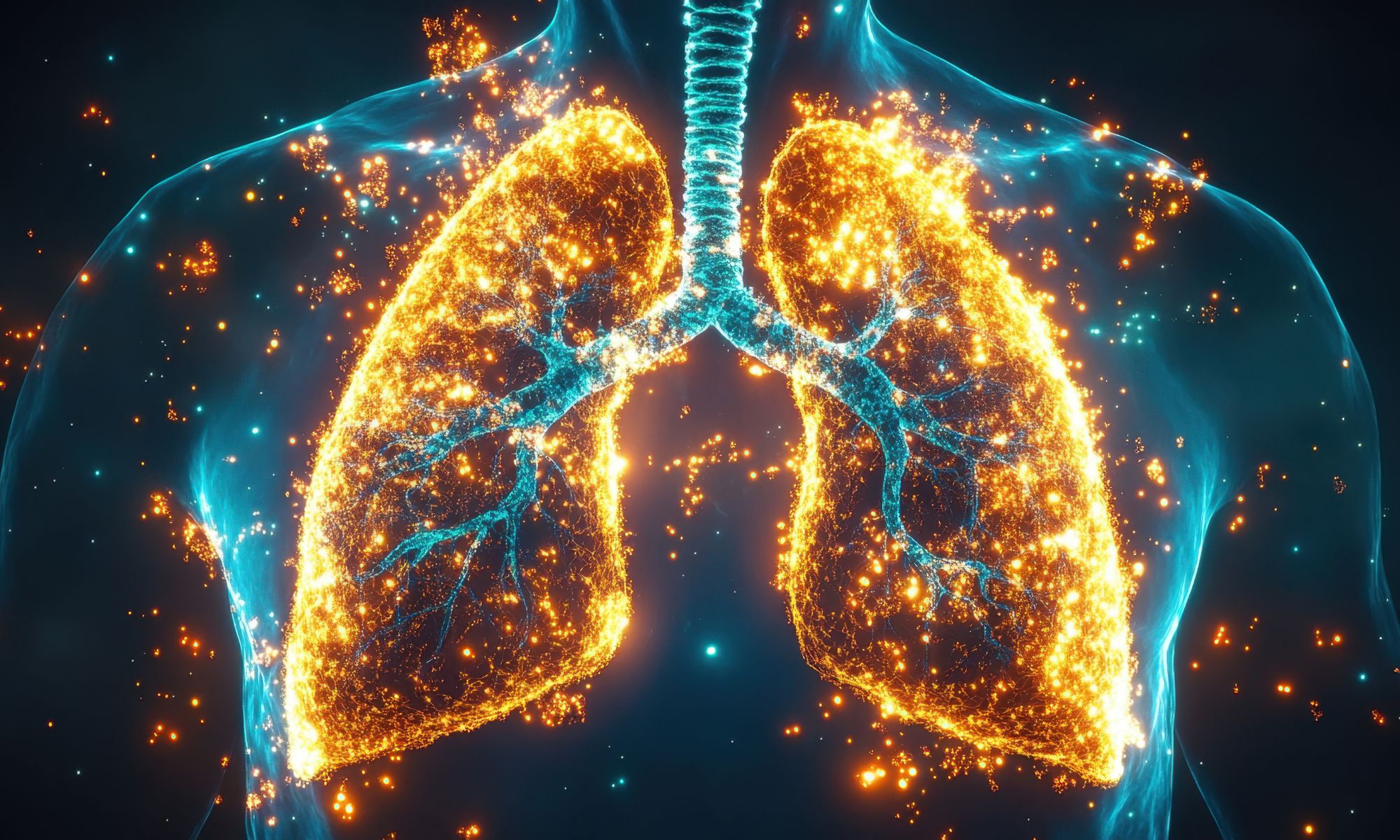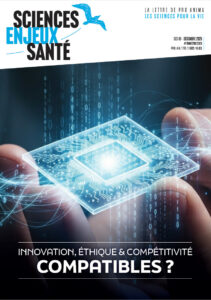
News on non-animal methods
OCTOBER 13 - 17, 2025
NEWS, REPORTS & POSITION STATEMENTS
1. Japan has joined the NAMs momentum
The Japanese Pharmaceuticals and Medical Devices Agency (PMDA) has joined the New Approach Methodology (NAMs) momentum alongside the FDA with the publication of guidelines to use them in regulatory submission. The document describes the PMDA’s direction regarding the evaluation by NAMs as alternatives to animal-based testing (including newly developed tests and assessment tools, and combined evaluation systems, not limited to tests validated by public institutions such as OECD) in the application for quasi-drugs.
Regulators around the world are moving and helping the pharmaceutical industries to use organoids and organs-on-chip particularly for unmet needs.
Read the provisional translation
2. AI in drug discovery: Building trust, data, and collaboration for the future
Artificial intelligence (AI) is no longer just a vision for drug discovery — it is becoming a practical tool in the laboratory and a driver of new ways of working. At the recent “Data & AI to Accelerate Drug Discovery” summit at the Royal Society in London, leaders from across pharma, academia, and technology came together to explore how these advances are taking shape.
The clearest message was that data is the bedrock of progress. Participants highlighted growing momentum around negative results, synthetic data, and federated approaches that enable learning without compromising confidentiality. The shift is underway from simply collecting more data to preparing fit-for-purpose datasets that accelerate discovery..
3. From proof to policy: How qualification frameworks can rescue NAMs from the validation trap
- In a new opinion piece, Dr. Szczepan Baran, Chief Scientific Officer at VeriSIM Life, discusses the current barrier to validation and qualification of new scientific models. “Validation in the lab doesn’t equal qualification in policy”. The author highlights different stakeholder’s responsibility in the “validation trap”: pharma willing to modernize their portfolio without following qualification pathways and regulatory agencies (FDA, EMA, Japan’s PMDA…) not harmonizing the qualification frameworks – all having their own criteria, the result being that dossiers are engineered to fit policy, not science. Read more
- In a linkedin post, Shermaine Mitche-Ryan, Scientific Program Manager at Health and Environmental Sciences Institute (HESI), recapitulates a roundtable session about assay qualification. Some major takeaways: qualification is never universal; it always depends on context of use (COU), reference compounds are examples, not a checklist for qualification, a handful of clear case studies can transform regulatory practice, both pharma and chemical sectors think the other is further ahead, but really both struggle with early data sharing and clarity.
INTERVIEWS, NOMINATIONS & AWARDS
4. Award for innovative lung model to reduce animal testing
The Leibniz Institute for Natural Product Research and Infection Biology (Leibniz-HKI) has been honored with the Thuringian Animal Welfare Award 2025. Scientists Dr. Kerren Volkmar and Dr. Maria Straßburger received the award for developing a novel lung model that significantly reduces animal testing in infection research.
The award-winning lung model is particularly suitable for studying infections caused by the mold Aspergillus fumigatus, which can be life-threatening for immunocompromised patients. The jury praised the fact that the number of laboratory animals can be reduced by up to 90 percent while still obtaining realistic results for medical research.
5. Eike Cöllen earning an ASPIS Open Symposium 2025 Best Poster Award
Johns Hopkins Center for Alternatives to Animal Testing (CAAT-EU) member, Eike Cöllen, won an ASPIS Open Symposium 2025 Best Poster Award.
His work in the RISK-HUNT3R project is transforming toxicological risk assessment, and making the testing of potentially hazardous chemicals more effective than ever before.
TOOLS, PLATFORMS, CALLS
6. BiMMoH database launch
Recently, in Ispra, part of the FRESCI team together with Ready2Use, TenWise B.V. and ALTERTOX officially closed the BiMMoH project. They delivered to the EU Science, Research and Innovation what is now the largest, highly curated, AI-powered database of human biology-based models – the first of its kind worldwide.
BioMedModelHub (BiMMoH) uses machine learning techniques to analyze scientific publications, identify models with high translational potential, and thus support the reduction of animal testing. The database targets a broad user group — from researchers to project evaluators and funding agencies — providing easy access to model-related information across various disease areas.
INDUSTRY, BIOTECH & PARTNERSHIPS
7. Illumina launches AI informatics business for multi-omic drug discovery
Illumina, the international sequencing platform, is launching a new informatics and artificial intelligence (AI) software business aimed at drug developers, with the goal of digesting large-scale DNA sequencing and multi-omics data.
The BioInsight division plans to connect with population-wide, multimodal studies — including national initiatives and strategic partnerships with the biopharma industry — to construct AI platforms for uncovering mechanisms of disease and potential drug targets. “Working together with our customers, we are going beyond sequencing and breaking the barrier between omics data generation and transformative insights,” CEO Jacob Thaysen said.
8. Charles River and Toxys announced collaboration to validate the use of NAMs for DART studies
Charles River Laboratories International and Toxys announced a collaboration to offer Charles River’s clients access to ReproTracker®, a state-of-the-art human stem cell-based in vitro assay that rapidly and reliably identifies developmental toxicity hazards of new drugs and chemicals.
As leveraged in the use of developmental and reproductive toxicology (DART) studies, ReproTracker can be used as an early-phase developmental toxicity screening platform, an alternative for animal-free teratogenicity testing of pharmaceuticals and (agro)chemicals, or as a tool to extrapolate animal-derived results to humans. “ReproTracker is a one-of-a-kind in vitro solution to enable safe and effective developmental toxicity testing,” said Elise Lewis, Principal Director and Global Lead, DART (Pharmaceuticals) at Charles River.
SCIENTIFIC DISCOVERIES & PROTOCOLS
9. Pipeline for producing PDO cultures from surgically treated tumor specimens
Colorectal cancer (CRC) represents the third leading cause of cancer-related deaths. Integrating cellular and molecular data from individual patients has become valuable for diagnosis, prognosis, and treatment selection.
In a new study, a team of researchers have successfully established a pipeline for producing CRC patient-derived organoid (PDO) cultures from surgically treated tumor specimens. Using these biological avatars, they were able to identify a biomarker predicting resistance to standard-of-care chemotherapy. This project showcases the power of multidisciplinary collaboration — bringing together computational geneticists and wet-lab innovators.
Read the publication in Molecular Oncology
10. Protocol for a human placental explant model to study acute responses to pathogens
A team of researchers from Cambridge University (UK) and Fundacio ARAID (Spain), presents a protocol for studying infections caused by pathogens associated with intrauterine complications using an ex vivo placental explant model.
They describe procedures for pathogen culture, preparation of placental explants using an air-liquid interface system, and infection assays. They detail procedures for tissue dissociation and CD45+ cell enrichment. The protocol allows short-term placental infection studies.
11. An immune-competent lung-on-a-chip for modelling the human severe influenza infection response
For millions of people struggling with lung disease, everyday life can feel nearly impossible, whether it’s climbing stairs, carrying groceries, or even laughing too hard. Doctors and scientists have attempted for decades to unlock what really happens inside fragile lungs.
Georgia Tech and Vanderbilt researchers develop an immune-competent, microvascularized, human lung-on-a-chip device to model the small airways, successfully demonstrating the cytokine storm, immune cell activation, epithelial cell damage, and other cellular- and tissue-level human immune responses to severe H1N1 infection.
Read the publication in Nature Biomed Engineering


